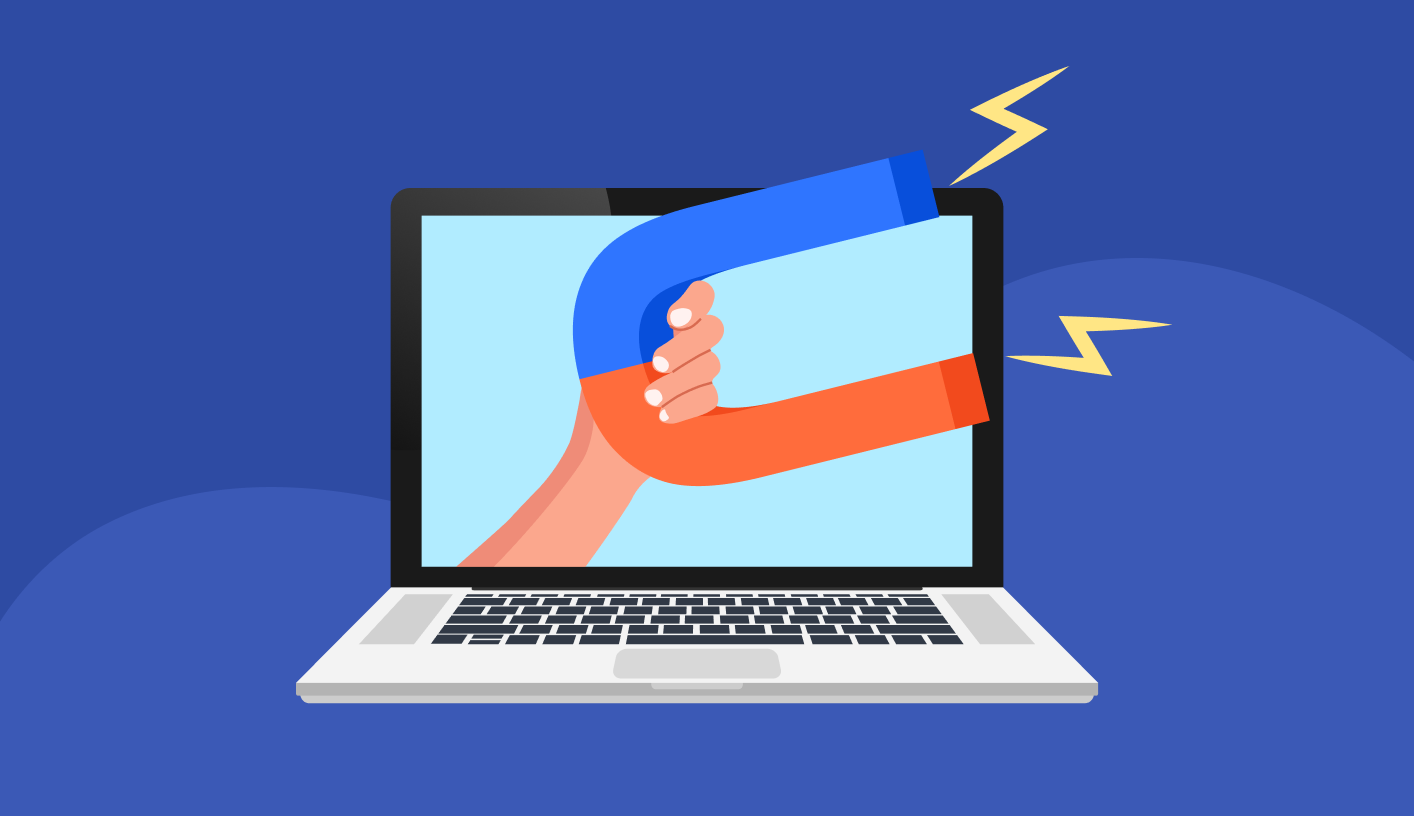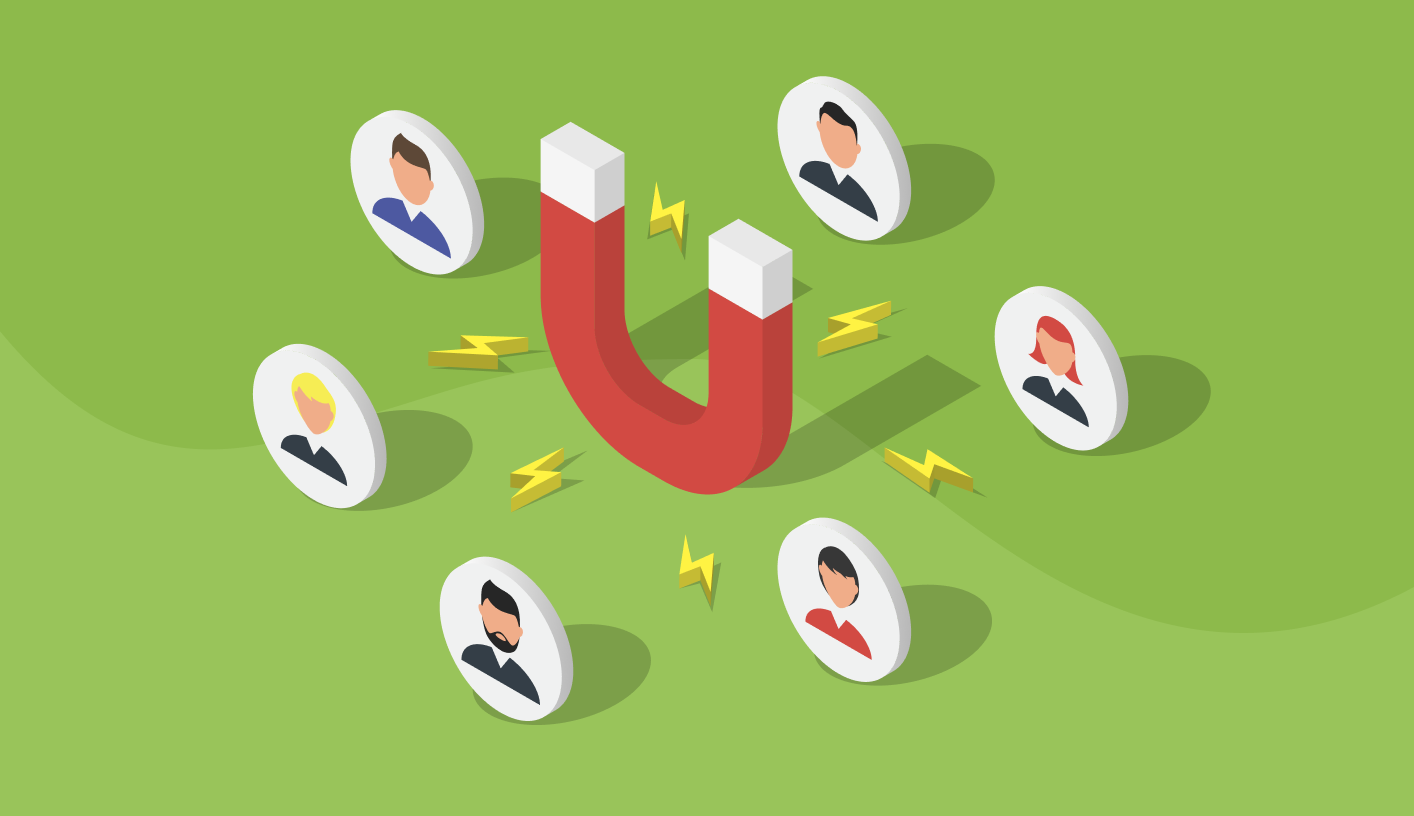7 Cancellation Flow Examples to Reduce Churn and Grow Your Subscription Business

A cancellation flow is a series of steps a customer must take to cancel a subscription.
You can think of your cancellation process as a “churn funnel” that retains customers by reinforcing value, collecting actionable feedback and providing persuasive alternatives to cancellation.
In this post you’ll learn everything you need to know about designing and optimizing your own subscription cancellation experience, with examples from companies in SaaS, digital media and ecommerce.

Why is a cancellation flow important for customer retention?
Your cancellation flow is your last chance to retain customers and leave a good impression. More than simply walking customers through cancellation, your offboarding experience can:
Reduce customer churn — Identify customer pain points and provide immediate, attractive solutions, from discounts to free one-on-one support.
Improve KPIs — Churn rate, LTV and revenue growth are connected. Did you know increasing customer retention by just 5% can increase profits 25-95%?
Gather actionable customer feedback — Exit surveys help you understand why customers cancel and what to do about it.
Facilitate re-engaging churned customers — Leverage the information gleaned from exit surveys for personalized winback campaigns.
Lower your customer support burden — Automation saves the administrative cost of processing cancellations by phone, email or chat.

Four elements of an effective subscription cancellation flow
Every cancellation flow is different, but the best usually include some variation of these four elements:
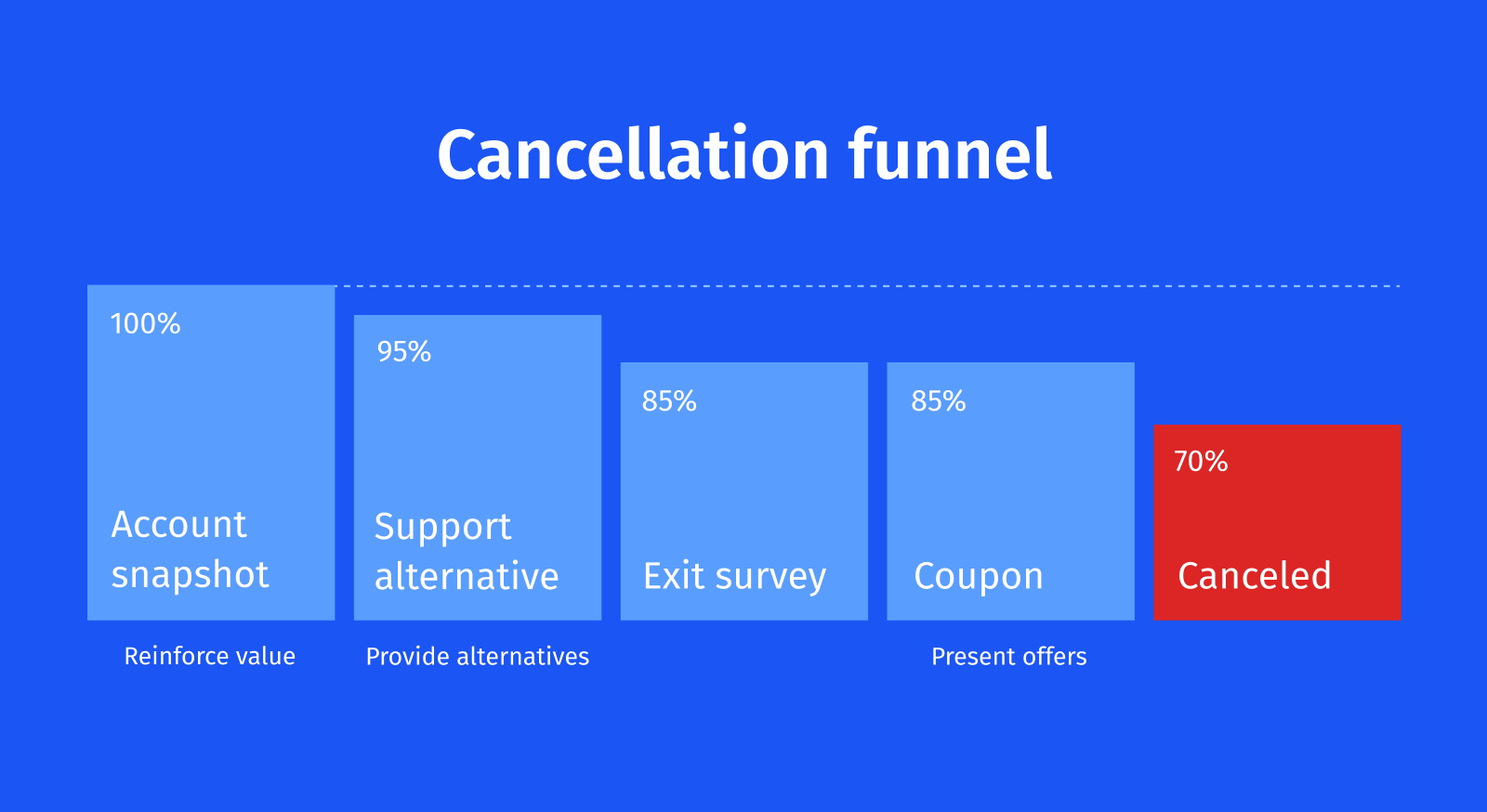
Reinforcement of value — A simple reminder of your product or service’s value can encourage many customers to reconsider whether they truly want to cancel.
An exit survey — Ask for feedback. The insights you gain can be invaluable for improving customer retention over the long term, not to mention aid in personalizing retention offers and launching winback campaigns.
Alternatives to cancellation — This is your last chance to solve your customer’s pain points and potentially prevent cancellation. Get creative with support options, coupons and other incentives.
Yes, a cancellation button — Alas, you can’t stop everyone from canceling. Make sure you do include an obvious option to complete cancellation. No dirty tricks!
Let’s dig in with real world examples.
1. Reinforcement of value
As mentioned above, reminding your customer of the benefits they garner by using your product or service can cause them to reconsider cancellation. There are many ways to do this, including an account summary and acknowledgments.
Account summary
An account summary offers a personalized overview of the value a customer is getting out of a product.

It should consist primarily of specific, quantifiable, personal usage metrics such as:
Number of contacts in a CRM
Features the customer uses regularly
Titles of drafts/in-progress items
Number of active users
Metrics or titles of reports actively gathering data
Details about data that will be deleted on cancellation
Digital content favorited by the user
Unused credits (e.g. Audible)
Personalized information is the most effective, but feel free to mix in more generic value statements such as “99.999% uptime” or “top-notch customer service.”
Acknowledgments
Make sure your customer knows and acknowledges the ramifications of cancellation.
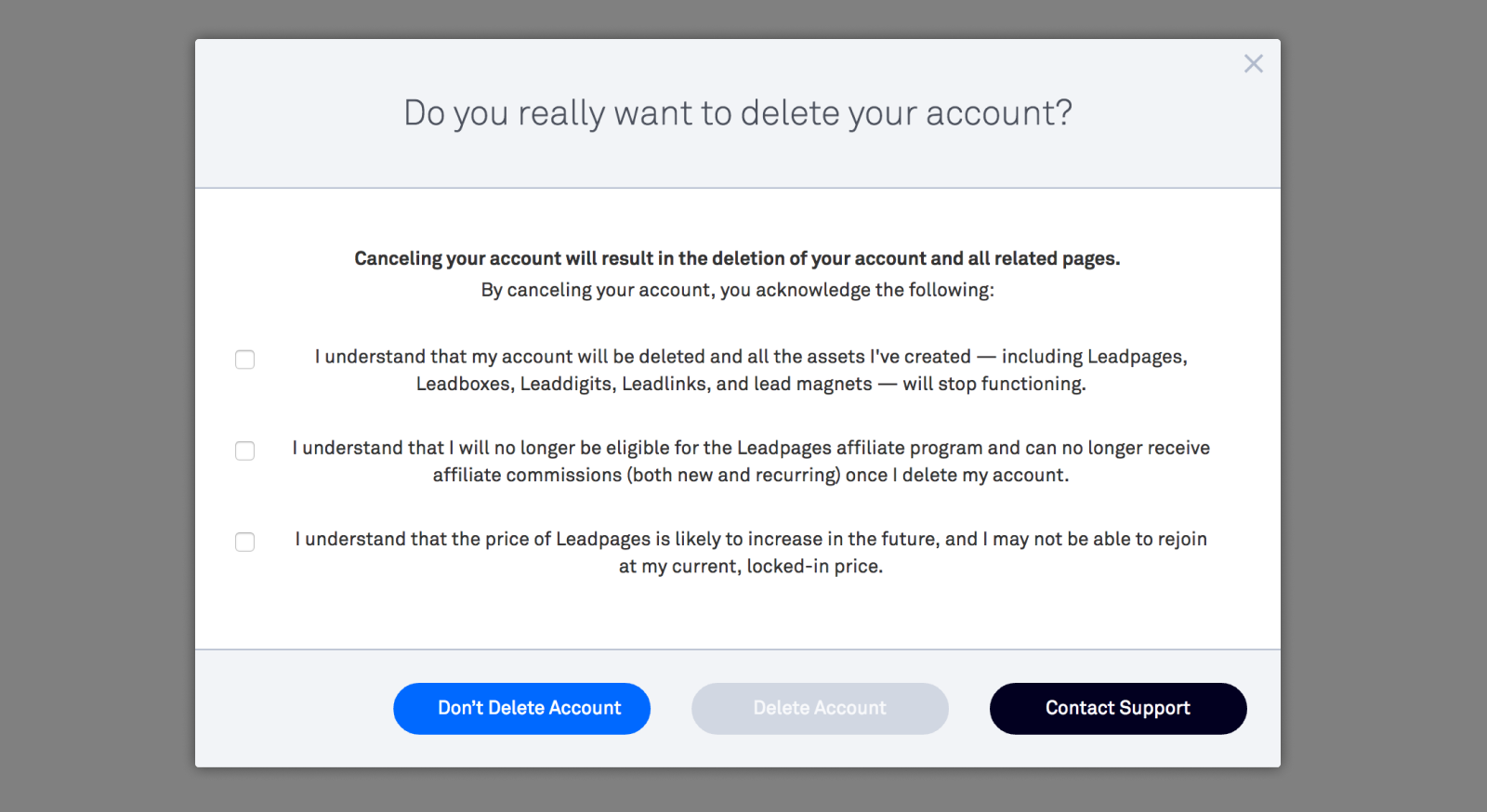
This can be as simple as a couple checkboxes recognizing that the customer's data will be deleted, that no refunds are given for service that goes unused, or that they’ll lose access to a “grandfathered” plan.
2. An exit survey
A customer exit survey (or churn survey) is instrumental in understanding why customers cancel—and a must-have in your cancellation flow.
The right analysis can surface high-level insights into the problems your customers face, even correlated to lost MRR, providing your team the data it needs to prioritize features, marketing, budget and more, which all add up to improved customer satisfaction.
Additionally, exit survey responses can be used to target personalized retention offers.
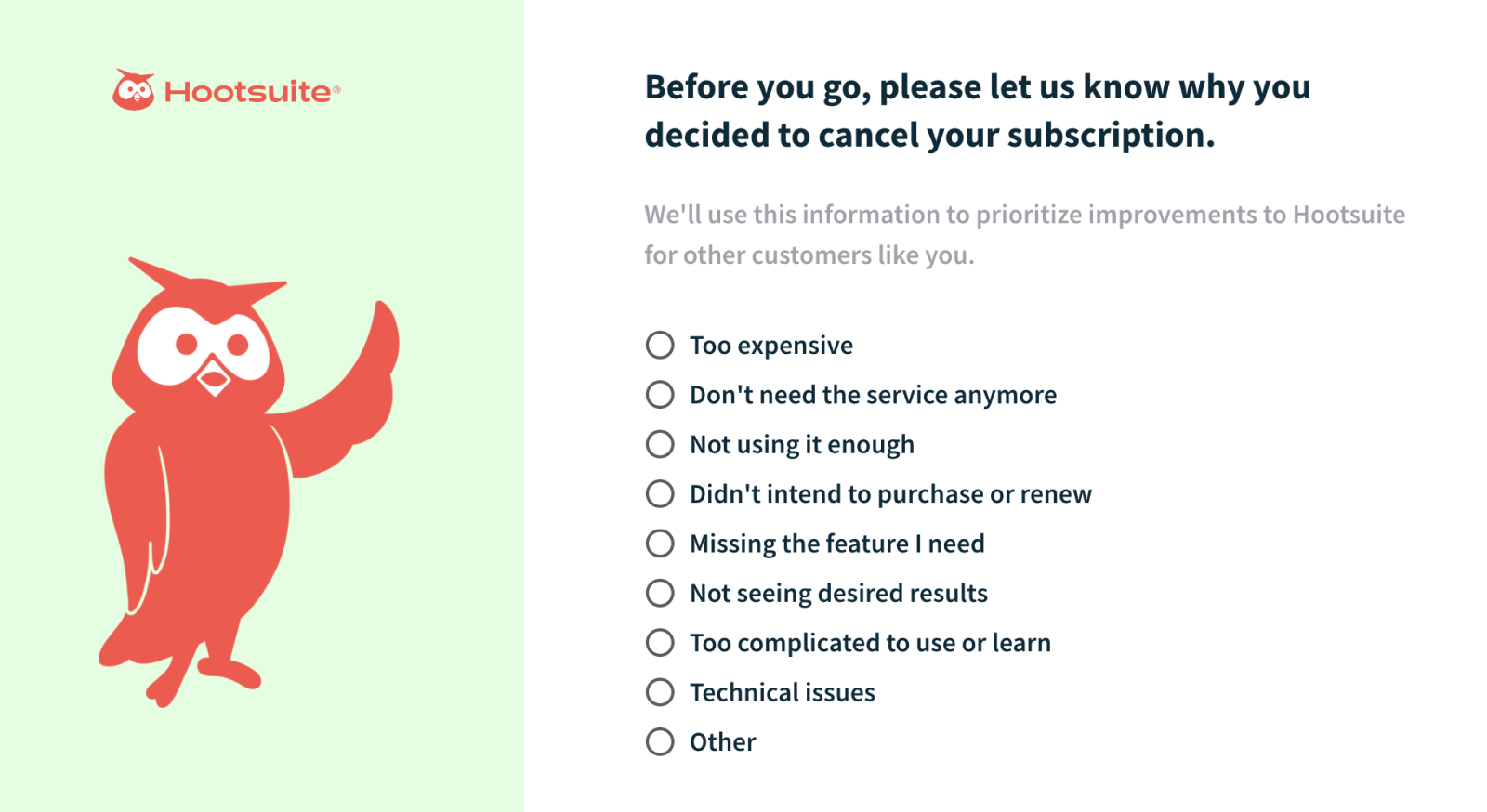
Two key questions
While there’s no shortage of questions you could ask, for best results keep your survey simple. We recommend two key questions:
“What is your primary reason for leaving?” - Make this question multiple choice for your customer’s ease of answering—you’ll get more data and be able to see a high-level overview with aggregation.
“How can we improve?” - Keep this open-ended. While not every customer will take the time to answer, you will get some meaty responses.
Followup questions
Consider asking followup questions in some cases. For example, if a customer says they are leaving due to lack of features, you may want to ask what specific features they need.
We go into much greater detail on these points and more here:
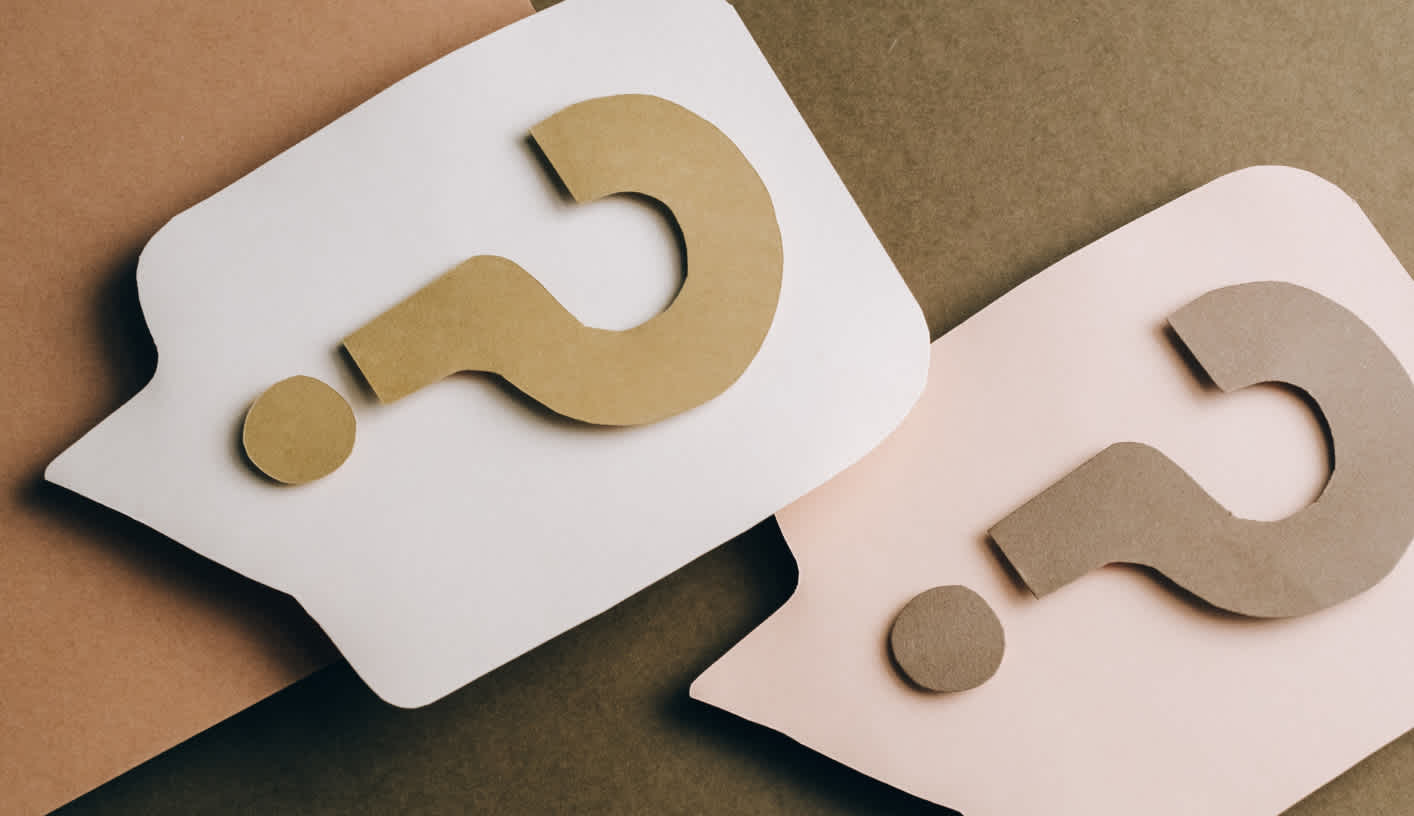
3. Alternatives to cancellation
What can you do to keep more customers around? Maybe it’s a free one-on-one training session, a trial extension, subscription pause or an enticing discount. Better yet, give customers a few options to choose from and let them decide. Below are some ideas.
Keep in mind that the most effective offer is the one your customer actually wants. With customer segmentation based on subscription, CRM and CDP data (e.g., plan, usage, demographics, profitability) and the answers to survey questions, you can create more tailored and personalized incentives.
For example, you may want to offer a discount to customers who say the product was “too expensive” and a free support upgrade to those that had difficulty using the product.
Support options
How many customers cancel because they couldn’t figure out how to accomplish their objectives with your service?

Make sure you’re putting support options front and center. Provide links to your knowledge base and make it easy to connect with support/success representatives via phone or chat.

Discount
Who doesn’t like saving money? Many customers who intend to cancel can often be persuaded to stay at the right price.

These kinds of coupons typically need to offer savings of 25-50% for 2-6 months.
What about annual plans? While a sweet deal on an annual plan might be effective in some cases, most customers that were intending to cancel won’t want to lock in for a year.
Saving a customer is great, but your job isn't done when they accept the offer. You kept them around, but you probably haven't solved the core issue that caused them to consider cancellation in the first place. Categorize these customers as "at risk" and reach out to them.
Pause the account
Some customers come and go. Consider offering to pause the account for free instead of canceling altogether, or offer an “on hold” option at a nominal cost to maintain their data.
A customer exit survey can help identify which customers will be most likely to accept a pause.
Make sure your pause option is for a fixed time, usually 3-6 months, otherwise you may never see those customers again. The goal is to keep customers engaged, not invent a new euphemism for cancellation!
Plan change or product swap
If your service has multiple pricing tiers, offer to switch the customer to a different plan, whether a lower tier that better fits their needs or an upgrade at no extra charge. Look to provide extra value, e.g. more features, storage or support.

Or offer access to a “secret” plan only available for a limited time to customers that go to cancel.
For ecommerce subscriptions, offer alternative products that might work instead.
Transition to free
Like a pause, offer to move the customer to a free plan, thus keeping the customer relationship alive and making future upselling easier.
Extend trial
For customers that are in a free trial, you can offer an extension of the trial period so they have more time to explore the product and find the value.
4. Yes, a cancellation button
While it may seem like this is goodbye, as many as 30% of customers who cancel may resubscribe at a later date. Treat your customers well and leave the relationship in good standing.
Don't make your cancellation experience a gauntlet that will frustrate customers. A bad final experience can solidify the negative in a customer's mind and lead to bad word of mouth.
According to the White House Office of Consumer Affairs, the average unhappy customer will tell 9-15 people about their experience; 13% tell more than 20 people. So keep it positive!
Optimizing offers with A/B testing
A/B testing is a data-driven way to optimize offer acceptance and retained revenue. Cancellation flow software like ProsperStack allows you to easily create sophisticated A/B tests.

Using a control and one or more variants, A/B tests allow you to pit strategies against each other and monitor results in real-time. Statistical modeling can even anticipate results and give you probabilities of which offer will come out on top.
As you develop your tests, keep in mind:
Sometimes it’s the offer itself – Testing different promotions targeted at the same segment will help you determine what that group values most. For example, if your product has seasonality, does the offer to pause a subscription during the slow season garner more acceptance than an added discount?
Sometimes it’s all in the wording – Try switching up your copy. It might make a difference. Let’s say you’ve determined the ideal discount for a certain segment. Can you increase acceptance even more by positioning this discount as an “exclusive offer”? Some companies have success by offering a “secret plan” that isn’t available to the masses.
Offer optimization with AI
Or make things even easier: put AI in charge of writing and testing your offer copy. ProsperStack’s Autopilot offers feature creates and tests offer variants through rounds of experimentation, refining over time to maximize your results.
Regulatory compliance
Recently, federal and state statutes have taken aim at deceptive and cumbersome subscription cancellation processes.
Nationally, the FTC’s “click to cancel” rule mandates that cancellation be “at least as easy” as signup.
More than half of U.S. states have some form of automatic renewal law in place, and if your business offers subscription billing to consumers in those states, the regulations apply to you. Many states—like New York—model their laws after California’s, which is usually considered the strictest in the land.
Among other things, California’s ARL requires businesses to provide a “cost-effective, timely and easy-to-use” cancellation mechanism, such as a toll-free phone number, e-mail address or cancellation flow.
Furthermore, for customers who signed up online, businesses must provide a “click to cancel” option—without the business requiring any “steps that obstruct or delay” cancellation.
See our comprehensive compliance guide to learn more:

Build or buy?
You have two options for adding a cancellation flow into your subscription business: build it in-house or work with a partner. Here are some considerations.
DIY cancellation flows
A home-grown cancellation flow has the potential to be the most tailored to your needs — if you're willing to put the time and resources into building it, at the expense of taking focus off your core product.
Like any software project, building a typical flow will involve requirements, design, code, QA and bug fixes, plus integration with your subscription platform, CRM/CDP, reporting, segmentation, offers and more. Not to mention finding a spot in your already full roadmap. Are you getting a headache yet?
Pros: You’ll save money (who can blame you for that, we know what it’s like to be scrappy).
Cons: You’ll take your team’s time and attention away from your product’s core features.
Hosted cancellation flows
Hosted cancellation flows, on the other hand, provide an immediate solution to customer churn at an affordable cost. ProsperStack has low- and no-code integration options, custom branding to seamlessly match your brand style and voice, A/B testing, sentiment analysis and more.
Getting started couldn’t be easier:
Integrate ProsperStack into your website with a few lines of code, or use the no-code customer portal option.
Follow simple steps to connect your subscription billing platform, CRM and/or CDP.
Choose from reusable components to build the perfect flow for your business, and edit any detail at any time without waiting on developers.
Serve customers with targeted offers and optimize results with A/B testing.
Surface insights from exit survey data to improve your product and create winback campaigns.
Pros: You’ll be able to launch a seamless experience within hours or days instead of months.
Cons: You may see the investment as a barrier to entry. We think our ROI calculator will change your mind.
Leveraging cancellation feedback
Three teams are most likely to benefit from feedback captured by your cancellation flow.
Product team
When you know exactly why customers are leaving, you can address underlying problems, such as bugs, performance issues or missing features. Better yet, correlating lost MRR to reasons for leaving will help prioritize improvements. With quality feedback, your product team can make data-driven decisions.
Marketing team
Insights from your cancellation flow can help refine your marketing message and create highly-targeted winback campaigns when you launch product improvements.
Customer success team
Your success team can dive into adoption issues or gather information quickly when you notice trends (e.g. the sudden cancellation spike that happened at the beginning of the pandemic). This frees your team to focus on helping customers get more value from your product, which leads to less churn (and better LTV, too).

Getting started with ProsperStack Retain
A cancellation flow is one of the simplest, most cost-effective ways to improve customer retention, practically overnight. We’re ProsperStack, the cancellation flow experts, and our user-friendly software consistently helps high-volume subscription brands reduce churn by 10 to 39%.
Our platform works by integrating with the most popular payment processors and multiple CRMs. Then, we match you with a dedicated retention expert who is there to personally support and guide you through initial implementation and ongoing optimization.
